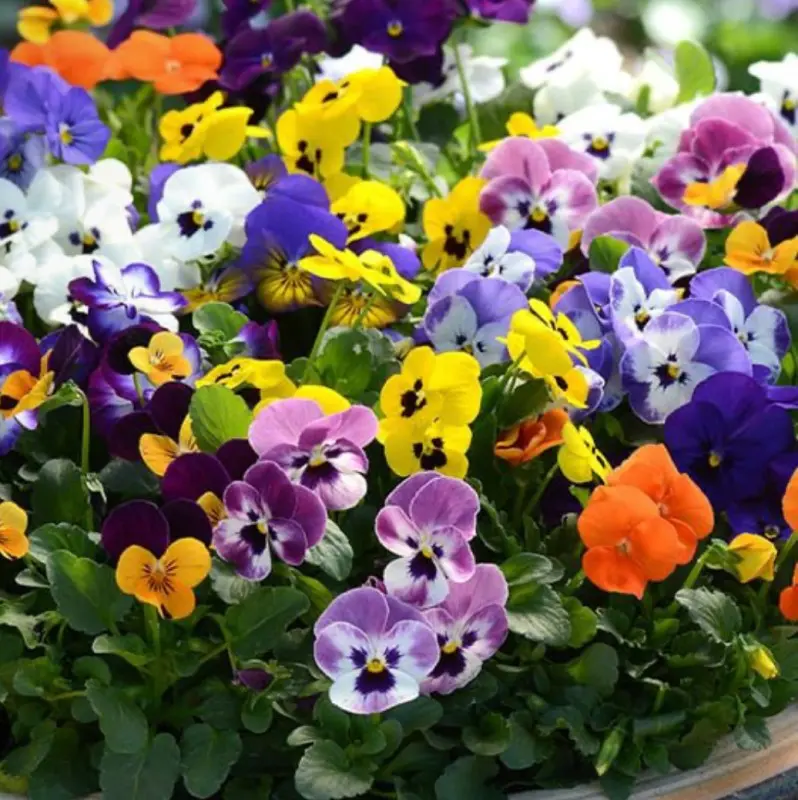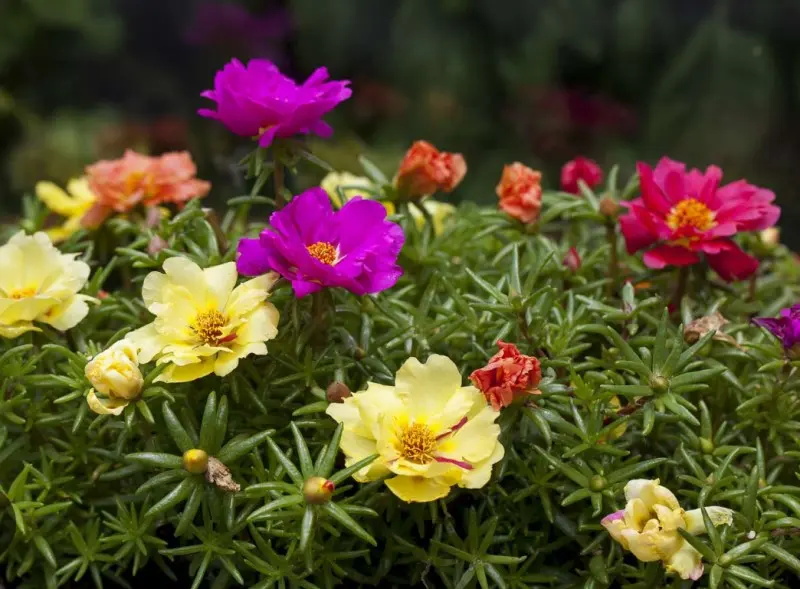Description
Begonias (Begonia spp.) are beloved flowering plants known for their vibrant, long-lasting blooms and lush, decorative foliage. These versatile plants come in an impressive variety of colors, shapes, and sizes, making them ideal for adding color and texture to gardens, borders, containers, and indoor spaces. With blooms in shades of pink, red, white, orange, and yellow, begonias are known for their season-long flowering from spring through fall, particularly when grown in shaded to partially shaded areas. Their ability to thrive in lower light conditions makes begonias popular for brightening up shaded corners and covered areas.
Begonias are available in several types, each with unique qualities suited to different planting environments. Wax Begonias (Begonia semperflorens) are compact plants with rounded, waxy leaves, making them ideal for garden beds and borders. Tuberous Begonias (Begonia tuberhybrida) feature large, showy blooms in bright colors and work wonderfully in hanging baskets or containers. Rex Begonias (Begonia rex-cultorum) are primarily grown for their striking, variegated foliage and are popular both as houseplants and in shaded gardens. These varieties allow gardeners to choose begonias that fit specific aesthetic and functional needs within their landscaping designs.
To thrive, begonias prefer well-draining, slightly acidic soil enriched with organic matter, as well as partial to full shade to protect them from intense sun, which can scorch their leaves. These low-maintenance plants benefit from regular watering, ideally keeping the soil moist without becoming waterlogged, as well as periodic deadheading to encourage more blooms and maintain a compact shape. Although begonias are generally pest-resistant, they may attract snails and slugs in damp conditions. With their colorful flowers, attractive foliage, and adaptability to both indoor and outdoor environments, begonias are a favorite choice for bringing elegance and season-long color to shaded gardens, patios, and home interiors.






